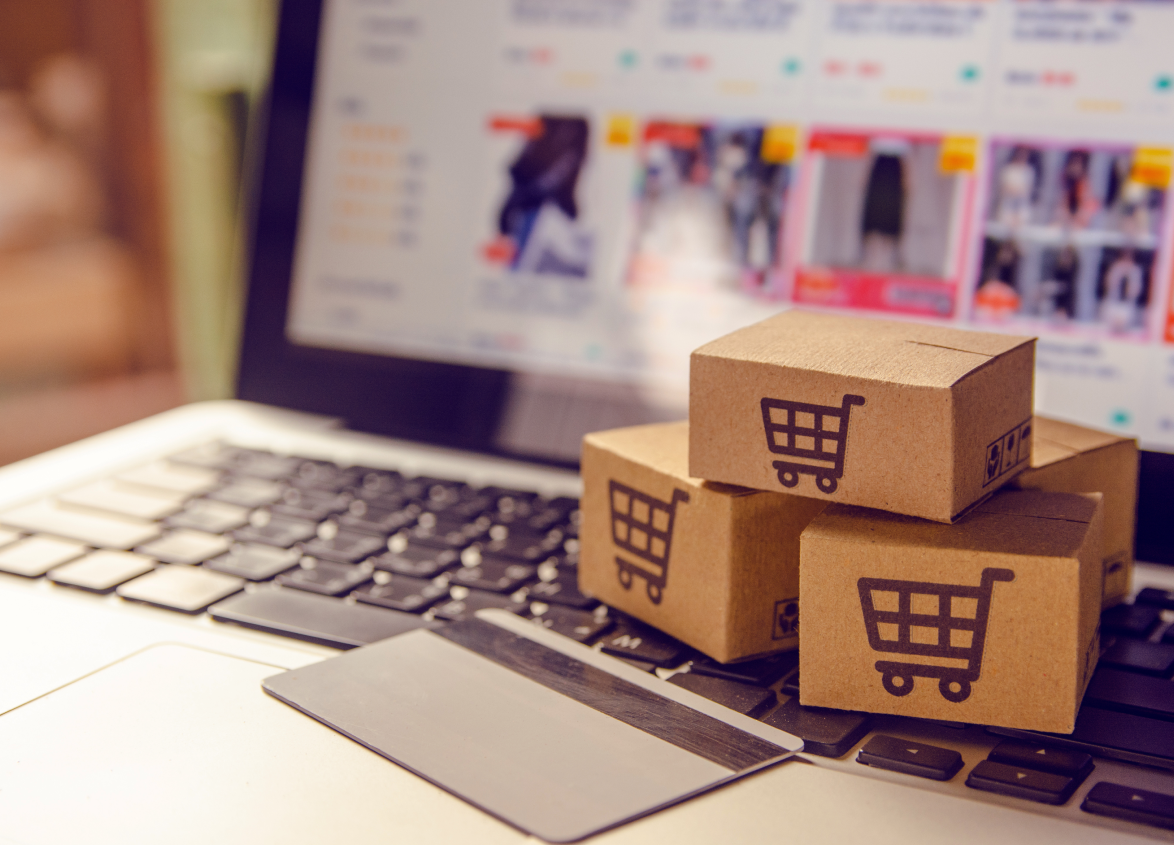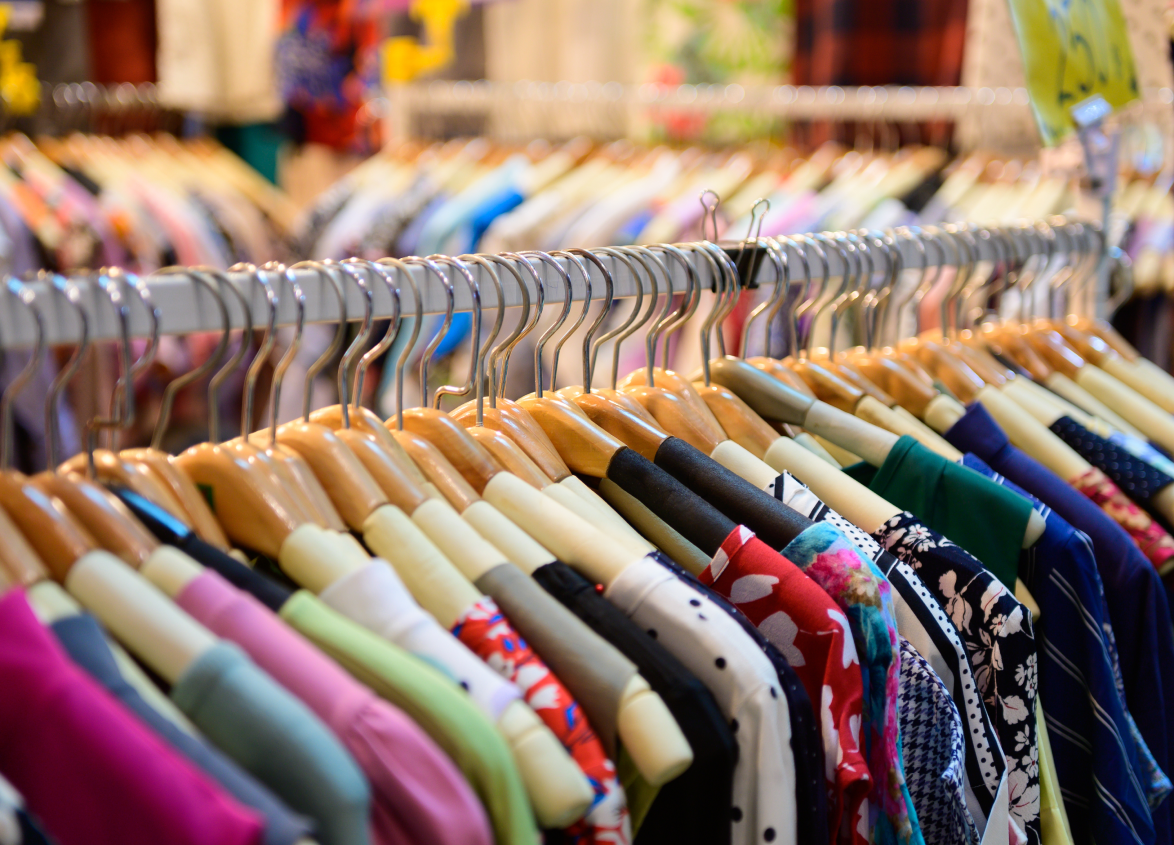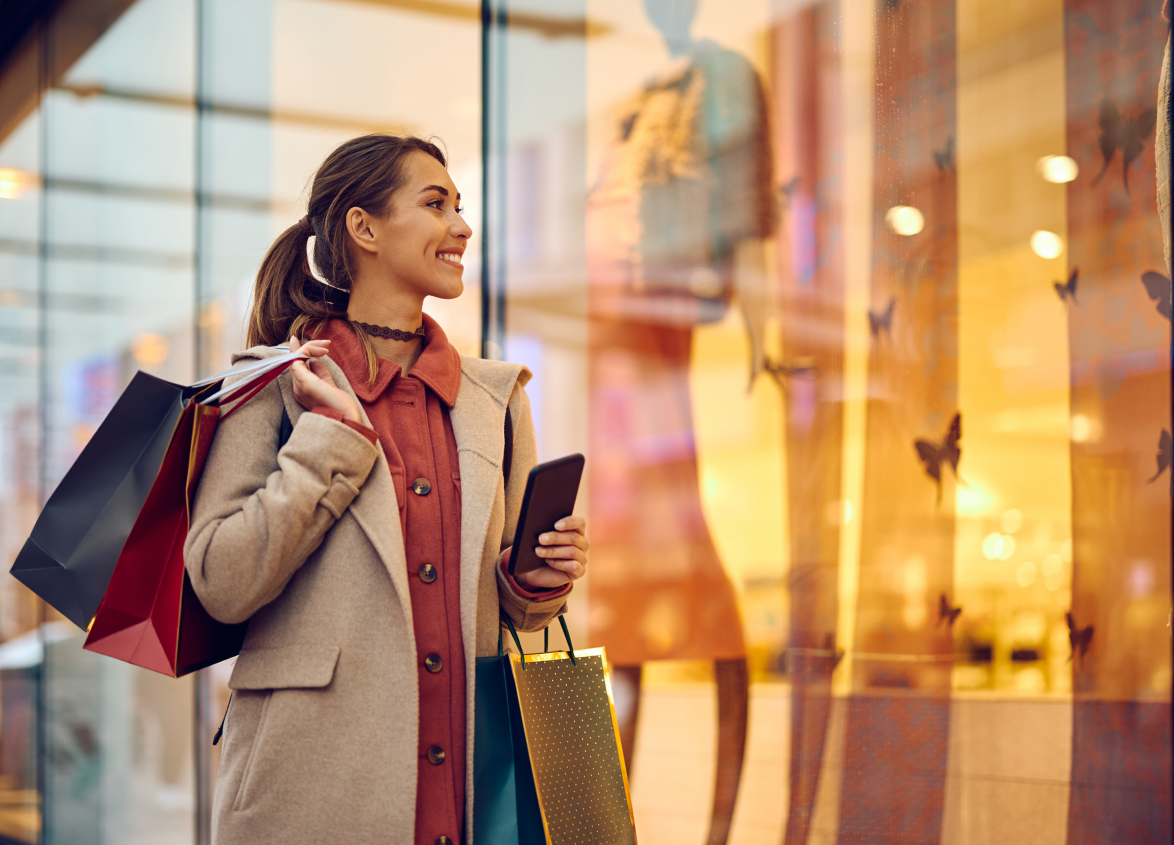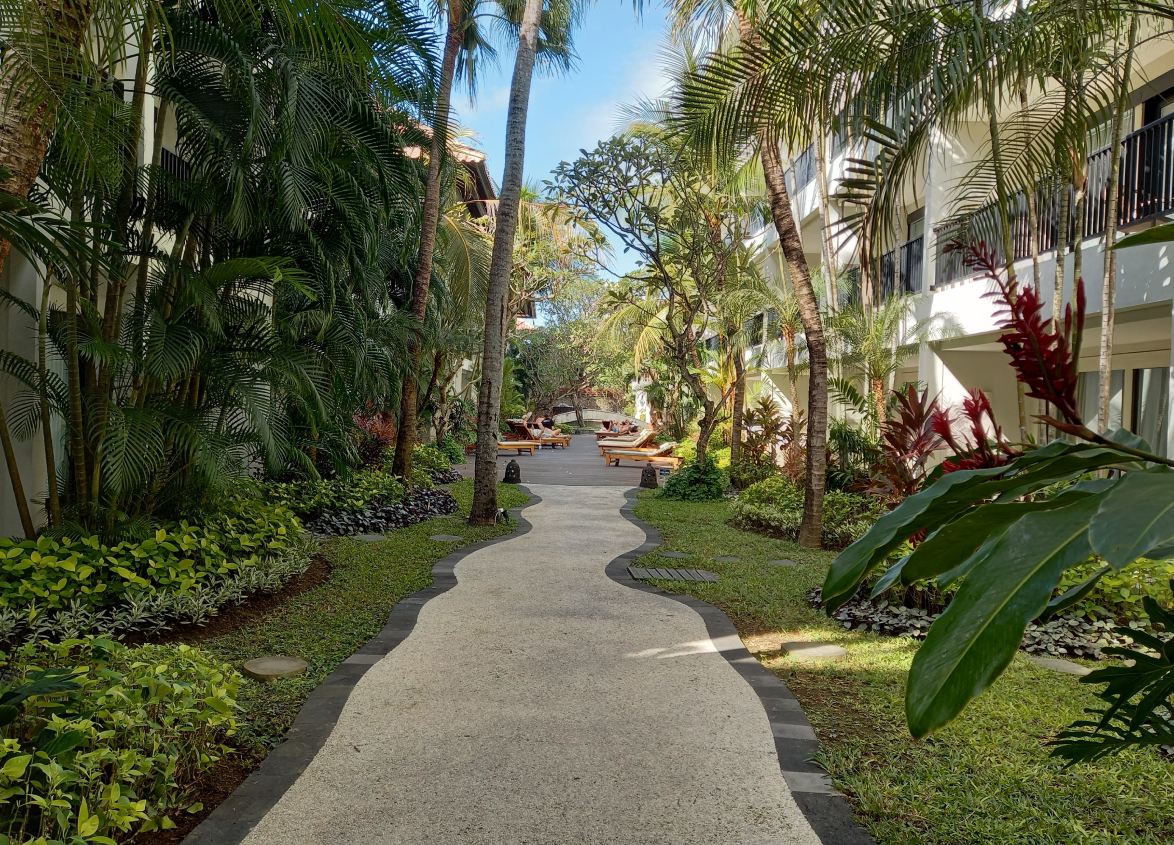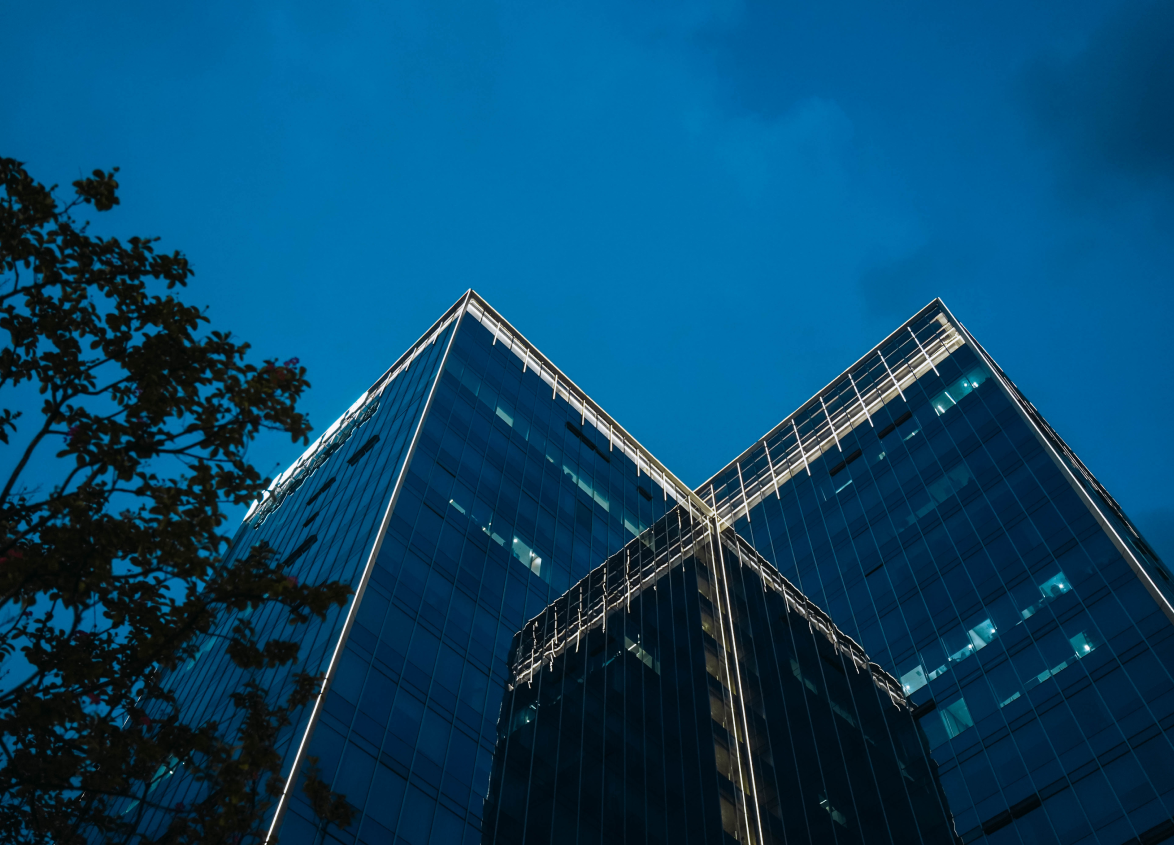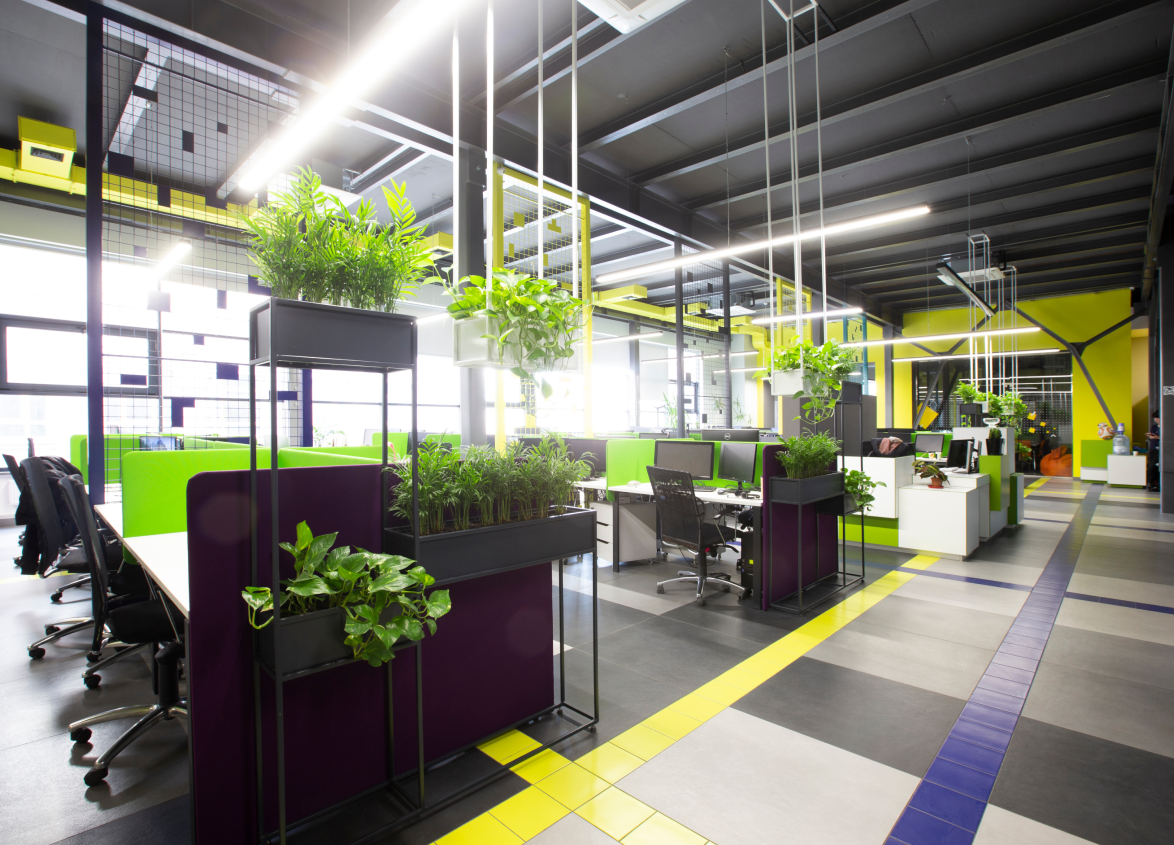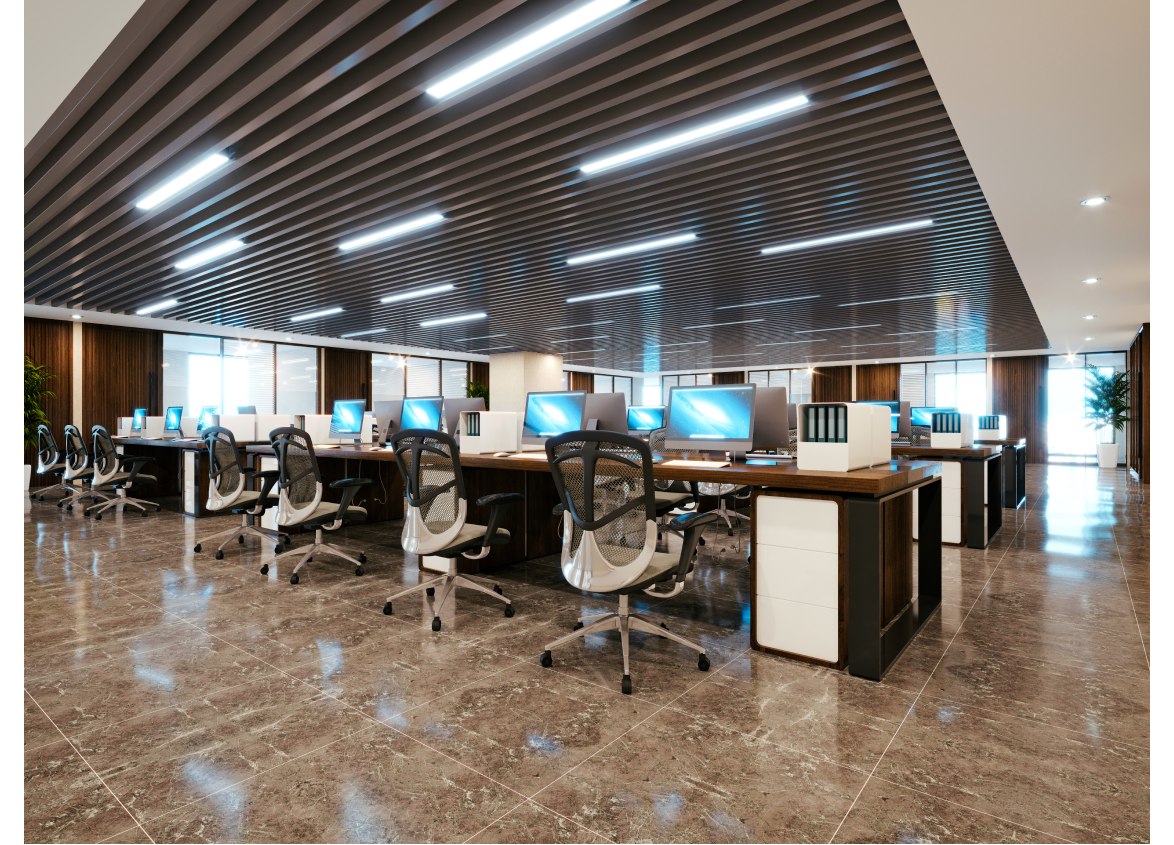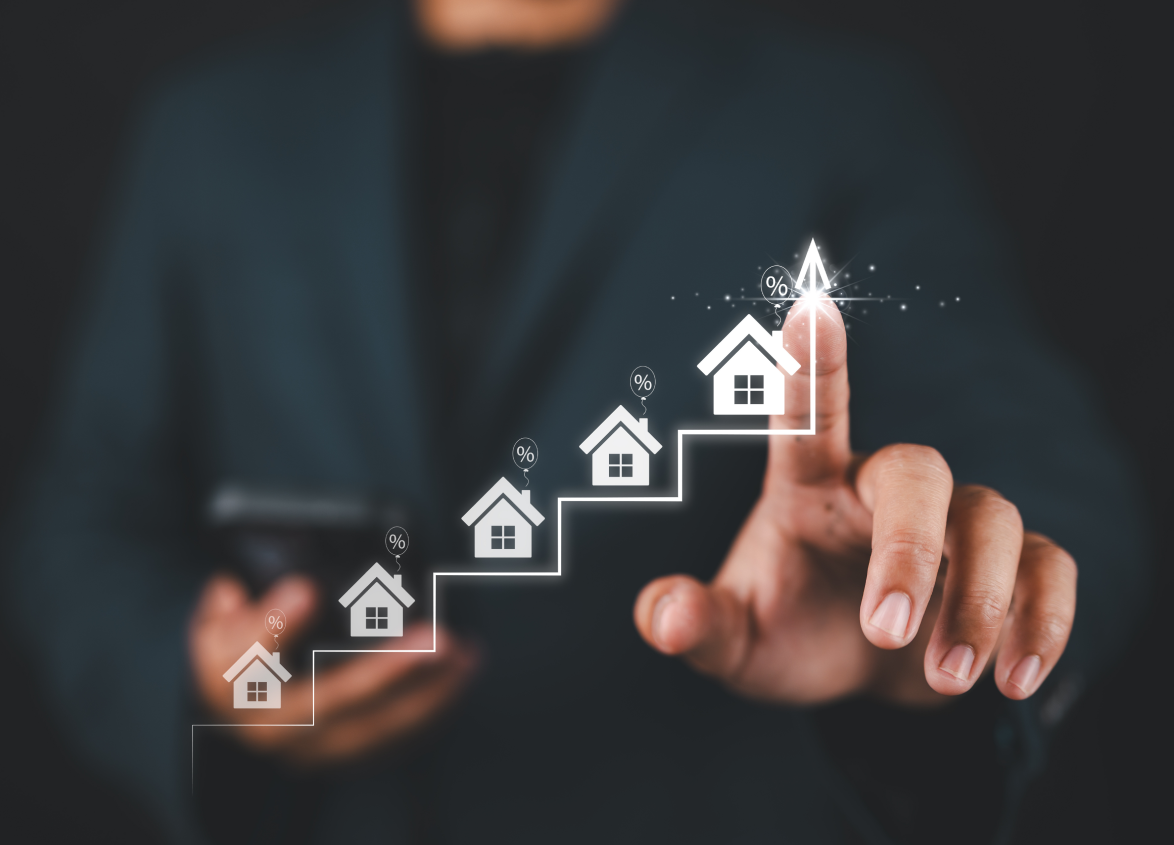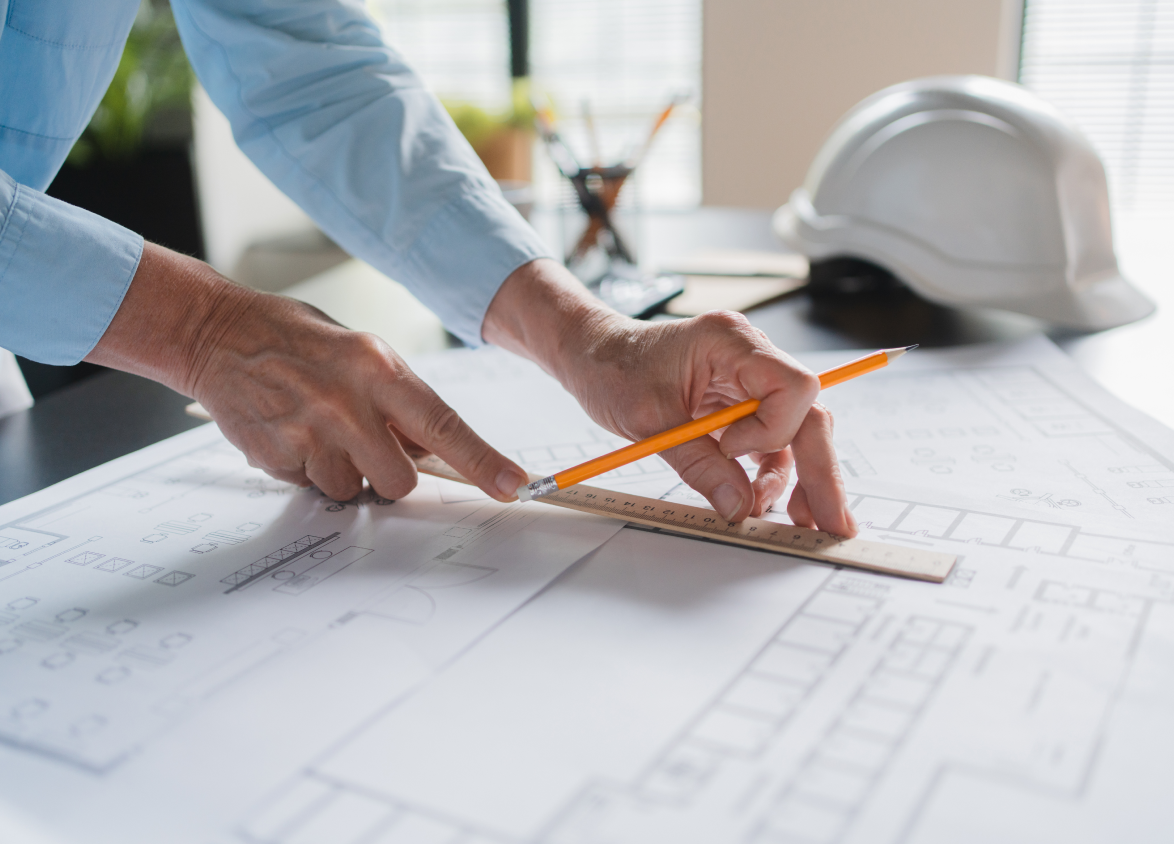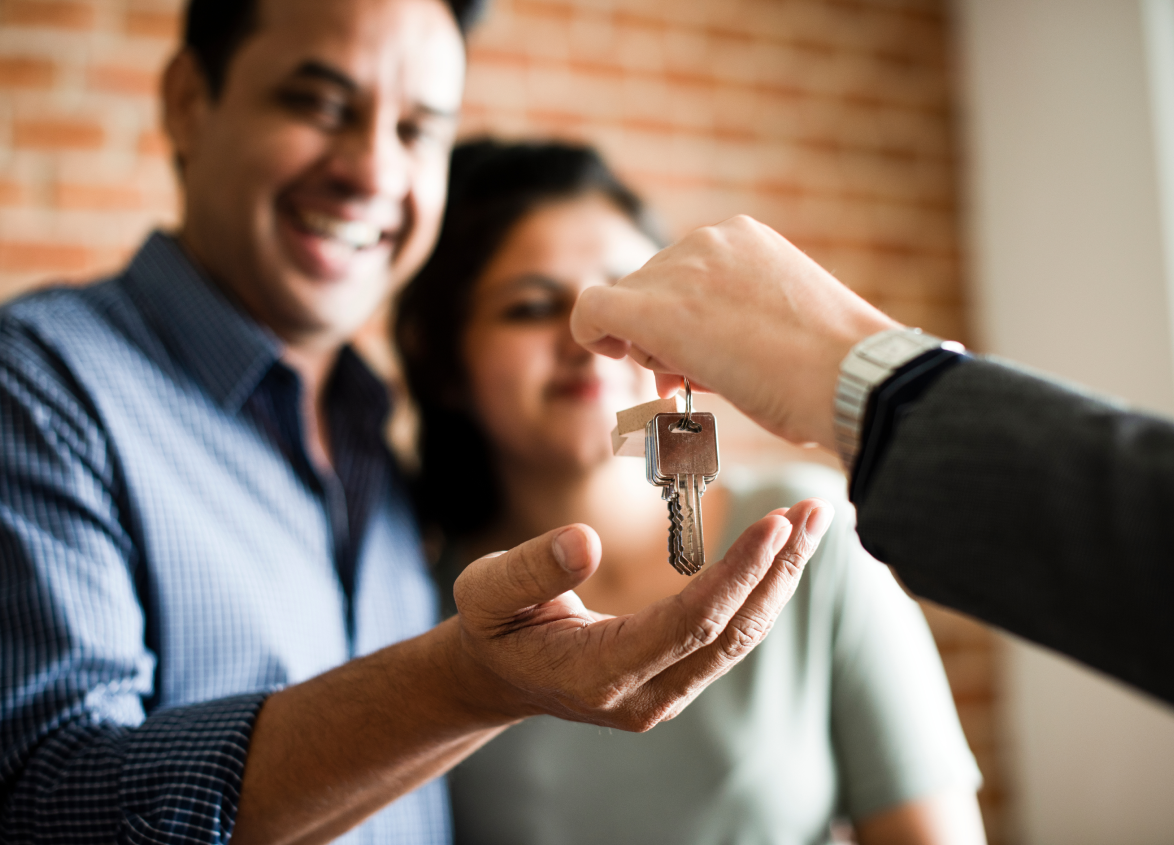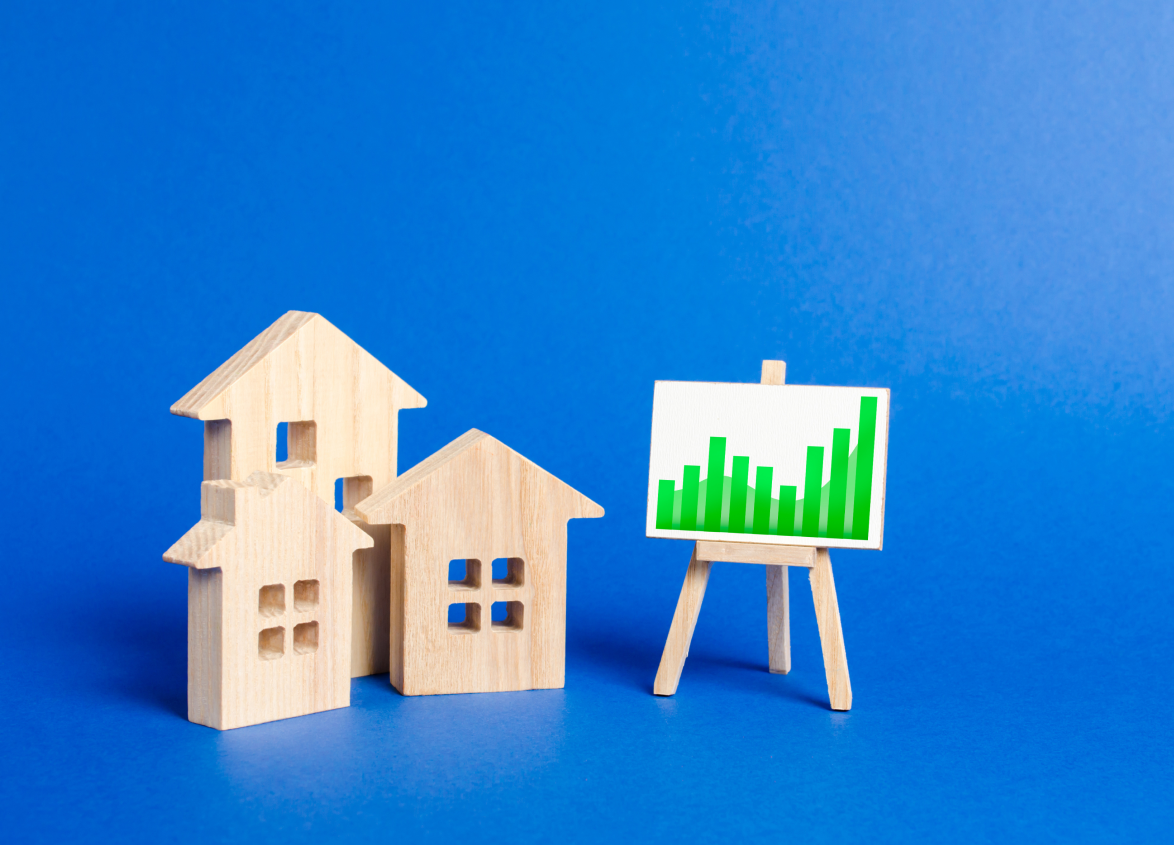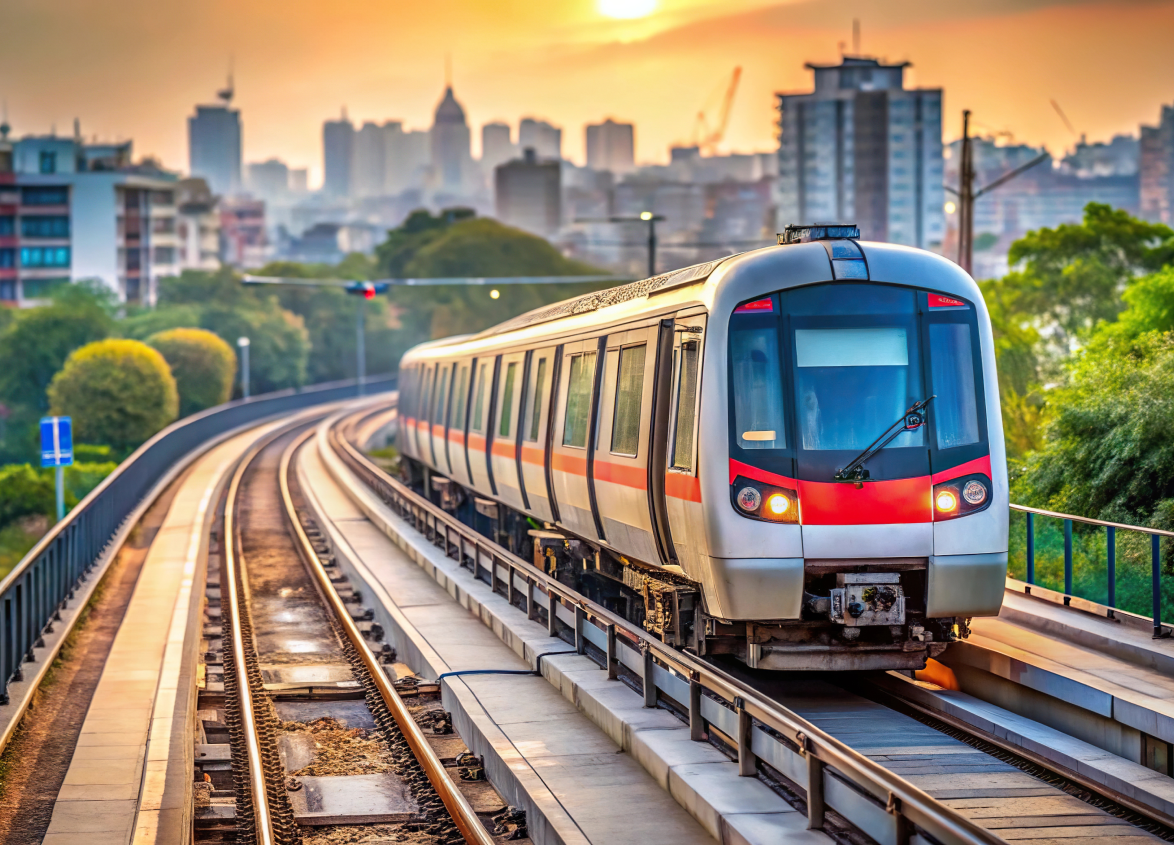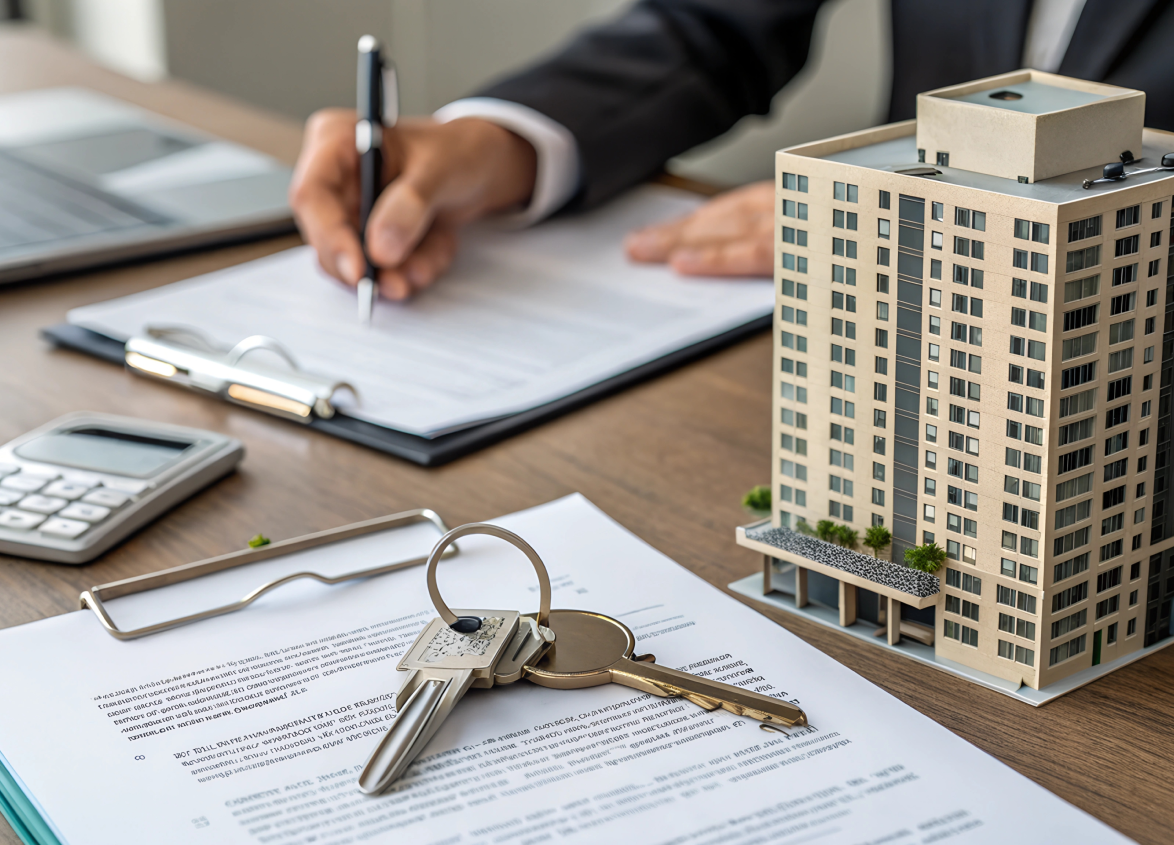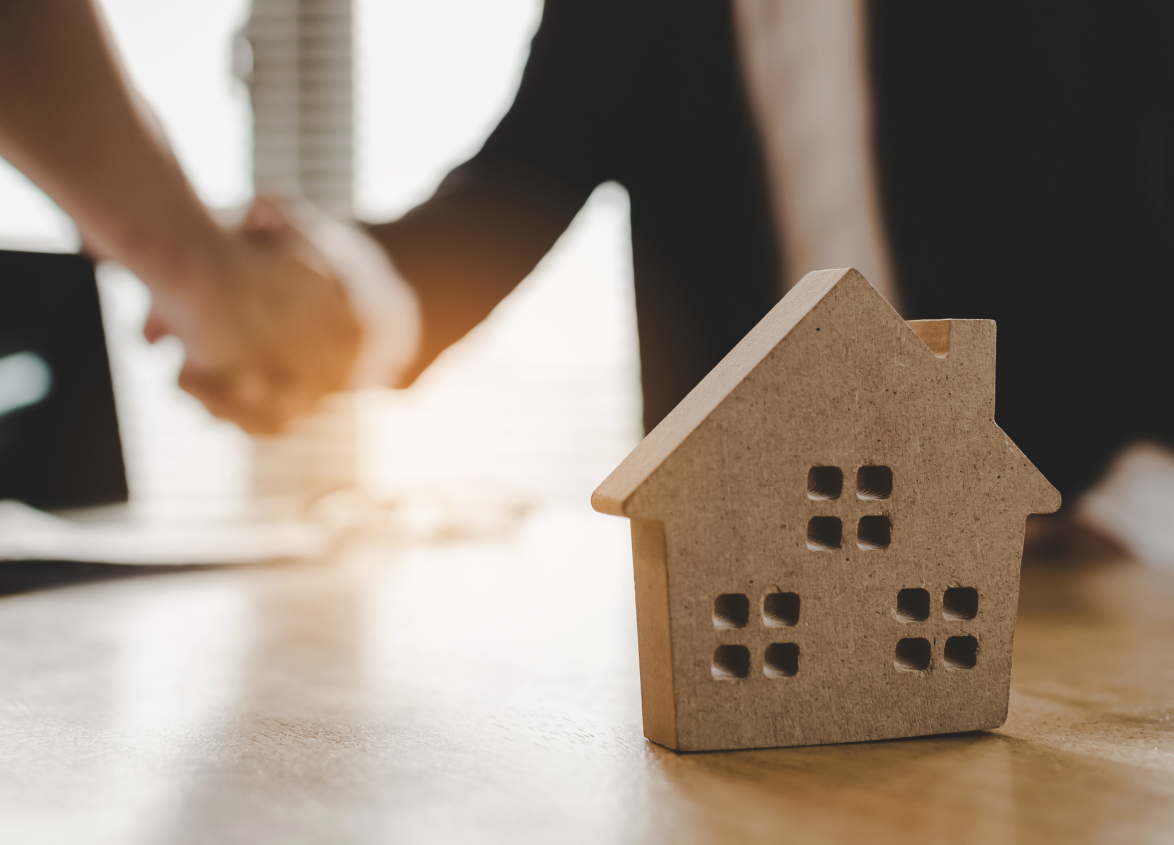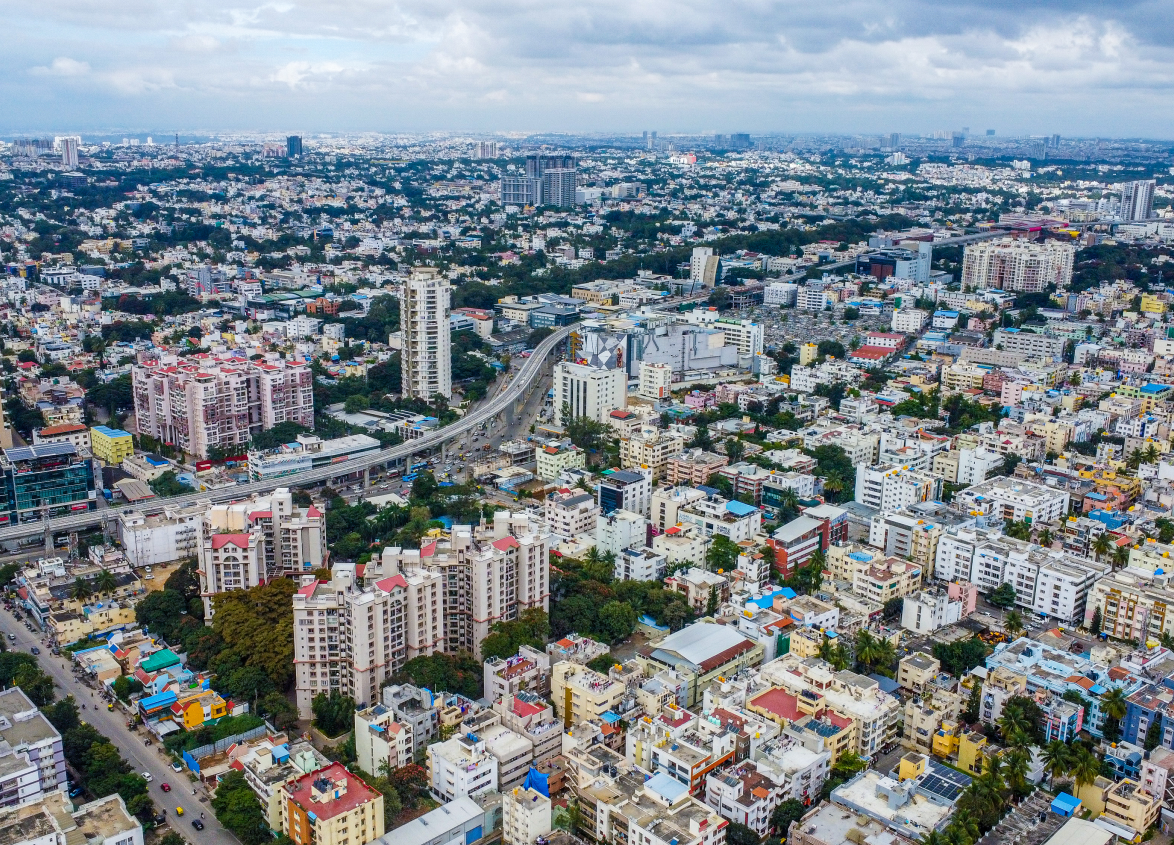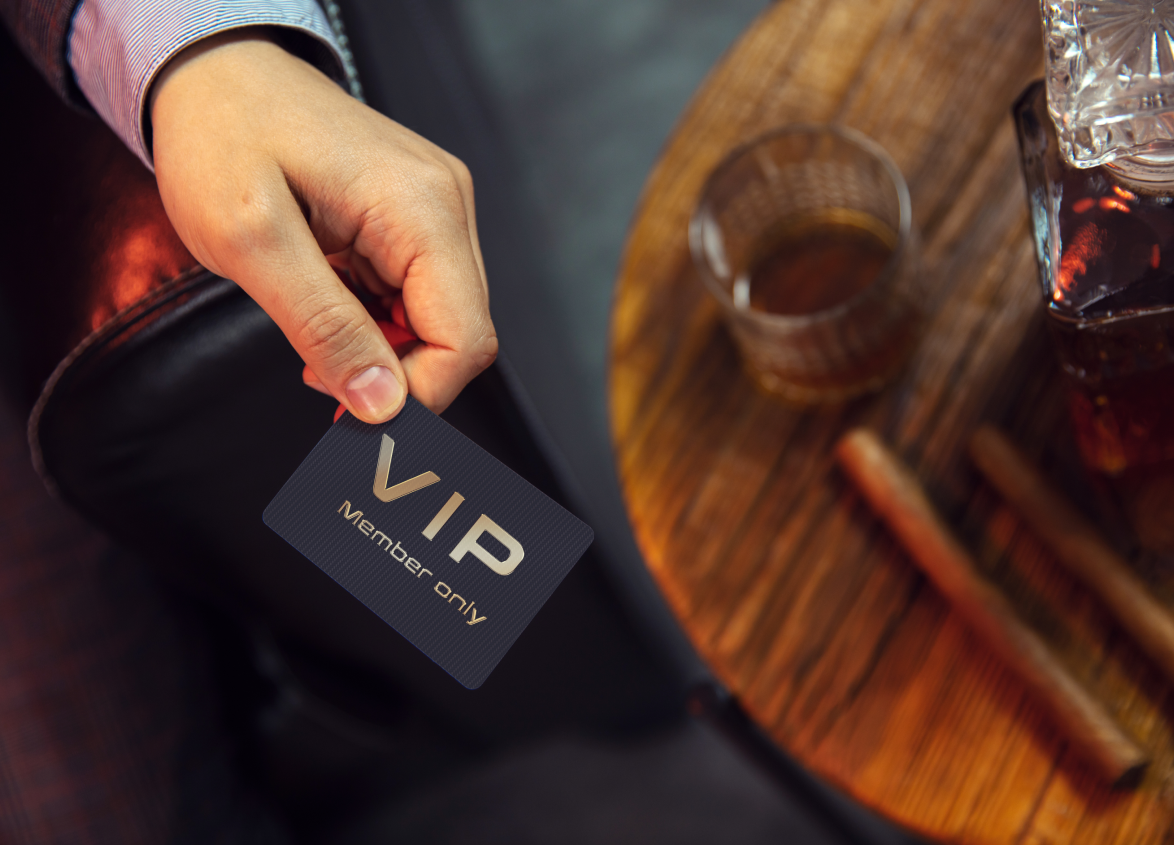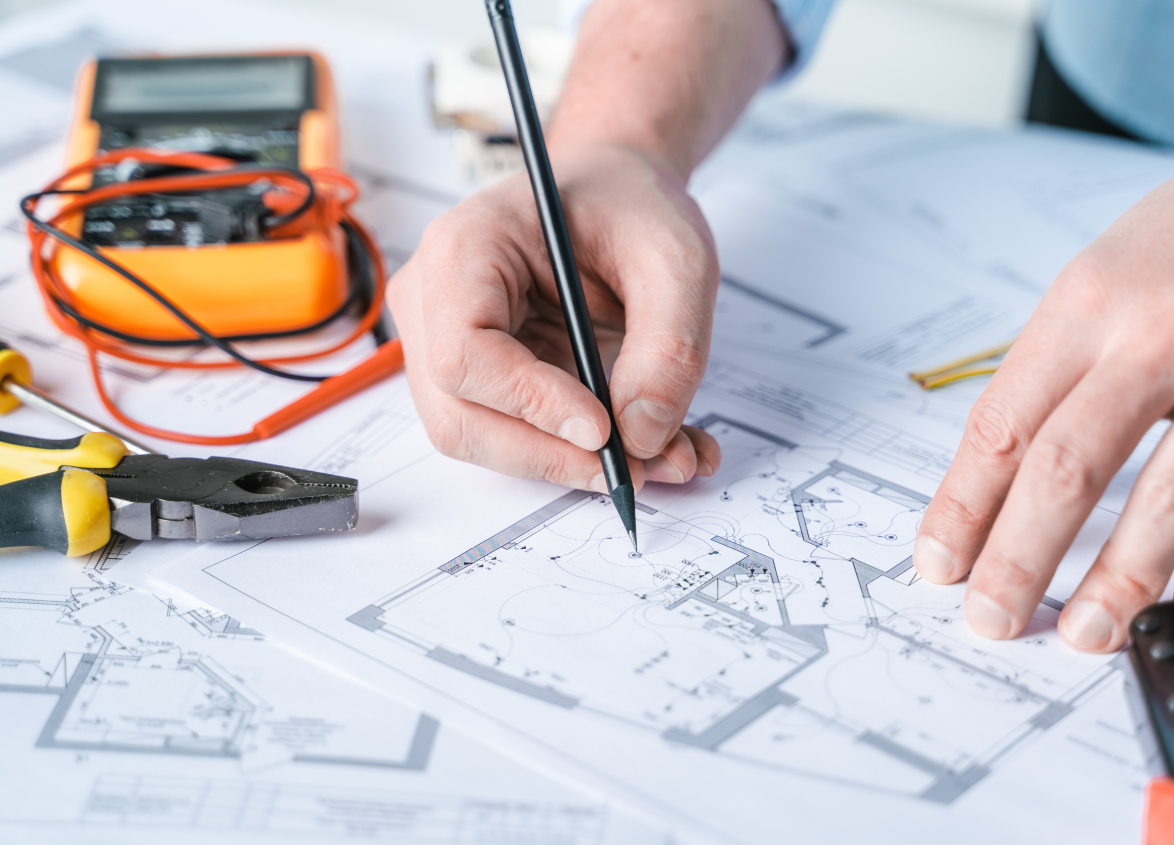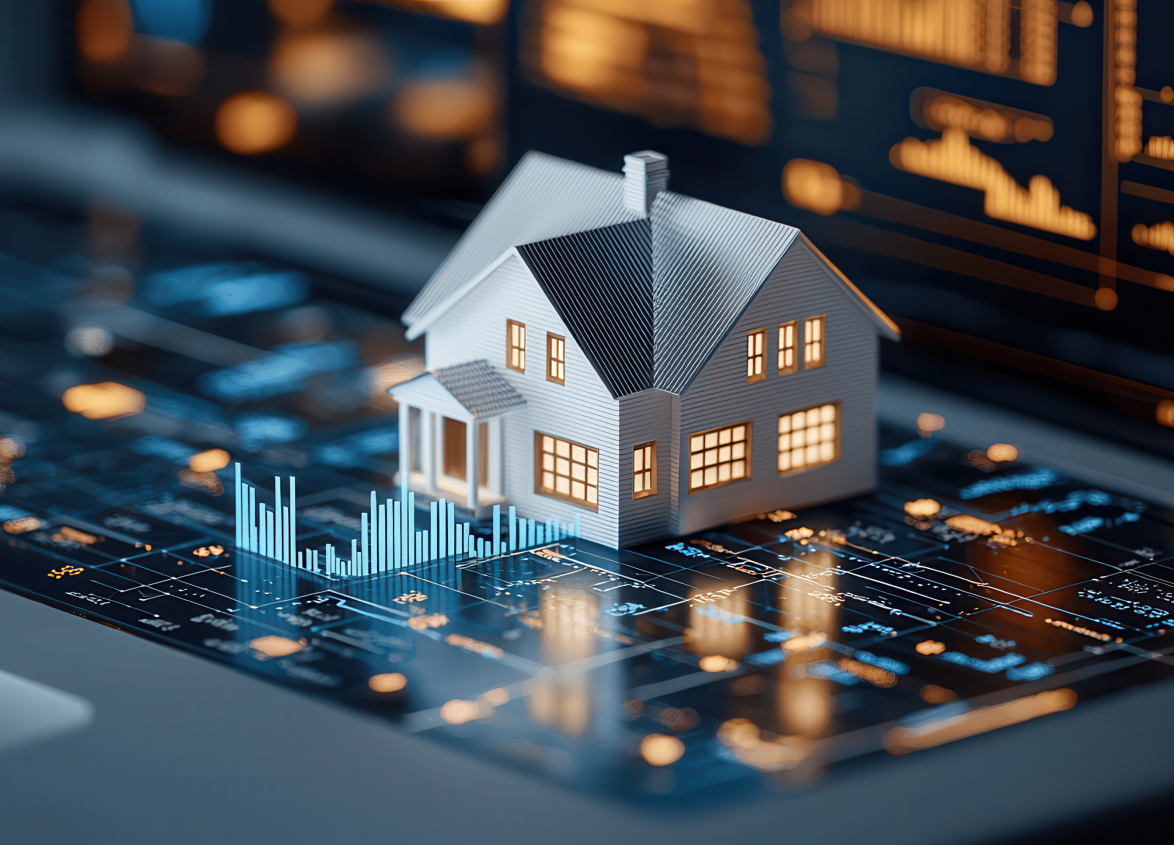
Retail
The Future of Retail Spaces: How Technology is Changing the Shopping Experience
January 23, 2025
In the rapidly evolving world of retail, technology has brought a change that is irreversible in the way people shop. Since the emergence of e-commerce to AI and AR, the stores are not only shelves and goods, but experiences. As the consumers’ demands become higher, firms turn stores into a combination of the physical and the virtual. This blog is about technology and its application in shopping and the future of shopping.
Understanding Retail Technology
Retail technology is a collection of tools and innovations that assist in improving operations, experience and processes. New trends in digital technology show that the retail environment is gradually evolving to meet customers' needs and expectations. Now, let’s define retail technology and then discuss some of the main trends that will define the future of this field.
Defining Retail Technology
Retail technology refers to the technology solutions adopted uniquely to carry out various processes in a retail value chain. It connects the physical and the virtual environments of retailing, making it possible to create smooth customer experiences.
From e-commerce platforms, smart shelves and augmented reality in stores, all these retail technologies are expected to make shopping easier for the consumer and make retail shopping personalised for the same. Some of the uses of these retail technologies include data analytics for decision-making, artificial intelligence for the customers and a safe transaction process, which makes it possible for retailers to continue serving their customers in a market that is being transformed by technology.
- AI: Customer data is used to give recommendations, and customers and stock are managed by chatbots using artificial intelligence.
- IoT: The Internet Of Things helps a store with smart shelves or beacons.
- AR: AR offers its customers experiences that change their lives because they can ‘put on’ clothes through virtual clothes or ‘try’ makeup through makeup furniture.
- Contactless Payments: Mobile money and NFC create easier and more secure transactions.
The technology of autonomous stores involves frictionless shopping at check-less stores like Amazon Go; it uses sensors and AI. With blockchain, transparency develops in the supply chain, thus increasing the security of transaction data.
AI and its role in Retail
AI is revolutionising the retail industry by offering a smart data processing and decision-making system and customer relations. This has been taken further in generative AI, an area of specialisation in AI that deals with content, designs and solutions generation. All this is transforming the way retailers interact with their customers and improving the ability to do so.
AI in Retail: Making Customers Happy
AI is at the core of contemporary retail and powering the personal and seamless experience for customers:
- Personalised Recommendations: AI algorithms process customers' data, and products are recommended based on a customer’s browsing and purchase history. Retailers like Amazon use this to enhance cross-selling and upselling to their customers.
- Virtual Assistants and Chatbots: AI-powered tools provide instant support, resolve queries, track orders and offer product suggestions. These assistants enhance customer engagement and reduce response times.
- Inventory Optimisation: The AI uses market trends and consumer behaviour to predict product demand. It then has the right stock at the right time and gets rid of the unwanted stock.
- In-Store Navigation: The AI application in physical retail is smart store navigation and customised shopping routes provided by mobile apps.
- Dynamic Pricing: The business becomes competitive yet profitable since retailers apply AI to change prices instantly depending on competitors’ prices, demand and stock.
AI Generative Applications in Retail
Generative AI pushes further the capabilities of AI, delivering creative and adaptive solutions to retail challenges as follows:
- Content Creation: A retailer employs generative AI to generate product descriptions, promotional texts, adverts or campaigns for a particular consumer segment. It enhances the creation of content for the public, though it does not compromise the quality of the content.
- Virtual Try-On: Generative AI supports virtual try-on features. It creates photorealistic 3D renderings of clothes, makeup, or furniture, so customers trust the purchase.
- Store Layout Design: Generative AI allows retailers to optimise store layouts by simulating design and customer flow scenarios to enhance the shopping experience.
- Customer Engagement: It will create email campaigns, loyalty rewards and offers specifically designed for each customer to increase customer retention and satisfaction.
- Product Development: Retailers can also use generative AI in the creation of designs or concepts that are likely to favour the current trends or the creation of new products or packaging styles that are preferred in the market.
Smart Retail Solutions
Technology is changing the face of retail to ensure that shopping is smooth, efficient and as exciting as possible. Smart retail solutions use technologies that link the physical and virtual aspects of retailing to guarantee innovation in both the business processes and the customer interface.
Defining Smart Retail
Smart retail harnesses people-centred technologies that create opportunities for improving retail functions and consumers' experiences. Thus, it employs technologies like IoT, AI and data analytics and aims to establish an atmosphere that caters to shoppers' needs and demands by providing them with a personalised, comfortable and faster shopping experience.
Smart retail makes work easier, reduces expenses and improves a business's inventory. It can be used in everything from recommending products to customers to faster and more efficient checkout processes.
Types of Smart Retail Technologies
- Smart Shelves: Smart shelves are IoT sensors that monitor the current stock levels in the store. When inventory is low, retailers are informed, so there is no way that there can be a stock out and the supply chain will be more effective.
- Beacons and Location-Based Services: Bluetooth devices transmit location-based data to the customer’s smartphone. Such information can include discounts, new products or other offers to improve traffic to the store.
- Digital Signage: Smart and engaging screens with AI help customers navigate through the store, offer products and advertisements and share information with them as often as possible.
- Self-Checkout Systems: Customers can discharge their transactions without standing in line through self-service kiosks and the requirement for checkout-free technologies leads to the enhancement of customer satisfaction and efficient staff resource management.
- Facial Recognition and Biometric Payment System: These technologies improve security with comfort by eliminating the use of cash and by identifying shoppers for special treatment.
- Augmented Reality (AR): AR apps provide fitting and styling, navigation and product experience which makes it difficult to distinguish between a physical store and a virtual store.
- Customer Behavior Analysis: Customers may also select the technology depending on their usage of the store and what they like or dislike. For instance, self-checkout means to solve the problem of long lines; AR mirrors are for people who want to have a good fitting.
- Operational Efficiency: It is easier to know that there are problems with inventory, staff or supply chain and then look for ways to apply technology.
Integrating New Technologies
Once needs are assessed, implementing the chosen technologies requires careful planning:
- Infrastructure Setup: Special attention must be paid to what the retail space wants for itself, for instance, reliable Wi-Fi, IoT sensors, or digital signage installation.
- Training Employees: Since such tools as smart shelves and AR try-on stations require staff to help the customer, then the officials must ensure that their employees receive enough training to operate the tools properly.
- Customer Communication: Letting customers know about the new features, like contactless payments or app-based services, will help them adapt more smoothly and gain confidence in the technology.
- Data Integration: AI and IoT need to be integrated with other systems, like inventory management software or CRM platforms, to maximise efficiency and deliver actionable insights.
Preparing for Future developments
Retailers must be forward-thinking in order to stay ahead of the game in a fast-changing market:
- Scalability: The long-term success is more feasible when it comes to investing in technologies that are flexible and can be developed to meet higher demands. For instance, AI analytics grows in parallel with the need for data in the system.
- Continuous Update: Technology upgrades will remain as the best for functioning efficiently and accessing newer tools available, such as improved versions of AR applications and innovative IoT devices.
- Sustainability: As concerns for the sustainability issue grow, the investment and priorities should be towards the minimisation of waste technologies, including smarter inventory management and bright illumination.
Engaging Shopping Experience
For successful customer attraction and retention, memorably engaging shopping experiences are an effective need in today's competitive landscape. Retailers can capture attention by integrating physical and digital features to foster loyalty and achieve sales.
The Significance of In-Store Experience
Even with the existence of online shopping, customers still need to interact physically at some point. In-store experiences help brands connect on a sensory level and personalise experiences for their audience.
- Customer Retention: A good store environment makes the customer glance at the products more often, hence the probability of buying them.
- Brand Loyalty: Things like touch screens or a theater will help a customer become more engaged with the brand.
- Differentiation: Outlet innovations allow brands to stand out in increasingly competitive product environments and offer shoppers more than just product convenience on the Internet.
- Human Interaction: Convenience shopping involves personal contact, such as one-on-one interaction with staff; thus, it makes customers more content due to increased belief in the product.
Technology Integration for Customer Interaction
Retailers are increasingly turning to technology to create dynamic shopping experiences that meet modern consumer expectations:
- Interactive Displays: Information screens and touchpoints provide product information, virtual fitting or customisation which allows customers to interact in a new way.
- Augmented Reality (AR): Augmented Reality allows customers to visualise how the product would look like in their homes or how they would fit when worn, a mix of the practical and the entertaining.
- Personalised Recommendations: AI solutions are applied to analyse the customer's behaviour and provide him with the right products and services in the store and through mobile applications.
- Smart Fitting Rooms: Using IoT technology in smart fitting rooms there could be control of lighting, recommended size and availability of products.
Measuring Success and ROI of Retail Technology
Retail technology can improve operations and customer experiences greatly, but its value is realised in the results. To ensure that the technology brings benefits to a business, retailers should define metrics to measure success and determine the ROI.
Measuring Metrics for Success
Customer Experience
- Customer Satisfaction: This is achieved by using surveys and feedback tools to find out the level of satisfaction of the customers with the new technology, such as quicker checkouts or personalised recommendations.
- Net Promoter Score: Net Promoter Score (NPS) is an assessment that reflects the level of customer satisfaction, willingness to recommend a shop to others, and customer loyalty level to the store.
Efficiency in Operations
- Checkout Time Reduction: Reduced sample times or time needed to restock, for example, as a result of the use of improved technology, may also enable identification of efficiency.
- Error Elimination: Errors in stocking or transactions after the incorporation of smart systems may indicate areas where operations have improved.
Sales Efficiency
- Conversion Percentage: Assessing the effectiveness of an innovation such as AR or personal recommendations in converting visitor views into sales.
- Average Transaction Value (ATV): Measuring how the technology - dynamic pricing, for example, or cross-selling - adds value to each purchase.
Customer Retention
- Tracking repeat visits and redeeming loyalty programs helps them understand if technology is increasing the length of time those customers stay.
Measuring Metrics for Success
- Customer Experience
- Customer Satisfaction: This is achieved by using surveys and feedback tools to find out the level of satisfaction of the customers with the new technology, such as quicker checkouts or personalised recommendations.
- Net Promoter Score: Net Promoter Score (NPS) is an assessment that reflects the level of customer satisfaction, willingness to recommend a shop to others and customer loyalty level to the store.
- Efficiency in Operations
- Checkout Time Reduction: Reduced sample times or time needed to restock for example as a result of use of improved technology may also enable identification of efficiency.
- Error Elimination: Errors in stocking or transactions after the incorporation of smart systems may indicate areas where operations have improved.
- Sales Efficiency
- Conversion Percentage: Assessing the effectiveness of an innovation such as AR or personal recommendations in converting visitor views into sales.
- Average Transaction Value (ATV): Measuring how the technology - dynamic pricing, for example, or cross-selling - adds value to each purchase.
- Customer Retention
- Tracking repeat visits and redeeming loyalty programs: Helps them understand if technology is increasing the length of time those customers stay.
Measuring of Return on Investment (ROI)
To calculate ROI, retailers must compare benefits derived with the costs incurred:
- Revenue Gains: Measures revenue growth generated specifically by the use of the technology, for example, AI for additional sales or the adoption of new clients due to engaging activities.
- Cost Savings: Estimating the monetary worth of attained savings in terms of labour reductions, inventory losses and general inefficiencies caused by automation and business intelligence insight.
- Technology Costs: Comprise initial investment, maintenance cost, training cost and integration cost.
Formula
ROI = [(Net Gains from Technology − Cost of Technology) / Cost of Technology] × 100
For instance, if self-checkout stations reduced labour costs by 20% and increased sales by 15%, the ROI would definitely justify further investment in such solutions.
Targets and the identification of costs enable retailers to connect technology investment with business goals and gain proof of success.
Conclusion
The future of retail space is a combination of innovation, personalisation and sustainability, and technology is what retail is and how it is. It appears that the sky is the limit, considering AI-generated analytics or AR interactions, self-contained stores and blockchain traceability.
Those retailers that seize on those changes and commit themselves to the development of memories with fun, tech-enabled ways to shop will be winners. From here on, I can tell that the retail of the future will always come from technology.
FAQ's
1. What is the future of retail spaces?
The future of retail spaces lies in blending physical and digital experiences, creating immersive, personalised and technology-driven shopping environments. Advanced tools like AI, IoT, AR and smart retail technologies will shape how retailers engage with customers and optimise operations.
2. How is technology transforming the retail industry?
Technology is revolutionising retail by enabling smarter inventory management, personalised shopping experiences, dynamic pricing, automated checkouts and interactive displays. It also improves operational efficiency, customer engagement and data-driven decision-making.
3. What are some examples of retail technologies?
Key retail technologies include AI for personalised recommendations, IoT-powered smart shelves, AR for virtual try-ons, self-checkout systems, beacon technology for location-based services and digital signage for real-time updates and promotions.
4. How does AI improve the shopping experience?
AI enhances shopping by offering tailored recommendations, streamlining inventory management, enabling virtual assistants and chatbots for customer support and implementing predictive analytics for demand forecasting. Generative AI adds value by automating content creation and designing virtual store layouts.
5. What is smart retail?
Smart retail refers to using advanced technologies to enhance customer experience and operational efficiency. It integrates tools like IoT, AI, AR and digital touchpoints to create seamless and engaging shopping environments.
6. How can retailers measure the success of new technologies?
Retailers measure success through customer satisfaction scores, increased conversion rates, reduced operational costs, improved average transaction value and return on investment (ROI) analysis.
7. What role does augmented reality (AR) play in retail?
AR allows customers to visualise products in real-time, such as trying on clothing or placing furniture in their homes virtually. It bridges the gap between physical and digital shopping, boosting confidence in purchasing decisions.
8. How can retail technology drive customer loyalty?
Retail technology fosters loyalty by offering personalised experiences, rewarding engagement through gamification, enabling faster and smoother transactions and ensuring consistent stock availability with predictive tools.
9. Is physical retail still relevant in a tech-driven world?
Yes, physical retail remains relevant as it offers sensory and experiential value that online platforms cannot. Technology enhances these spaces by creating interactive and immersive experiences, combining the best of both worlds.
10. What future innovations can we expect in retail?
Emerging innovations include AI-powered predictive analytics, fully automated checkout-free stores, enhanced AR/VR shopping experiences, blockchain for supply chain transparency and advanced inventory management and delivery robotics.
MUST READ
Looking for something specific?
We'd be delighted to help you.
